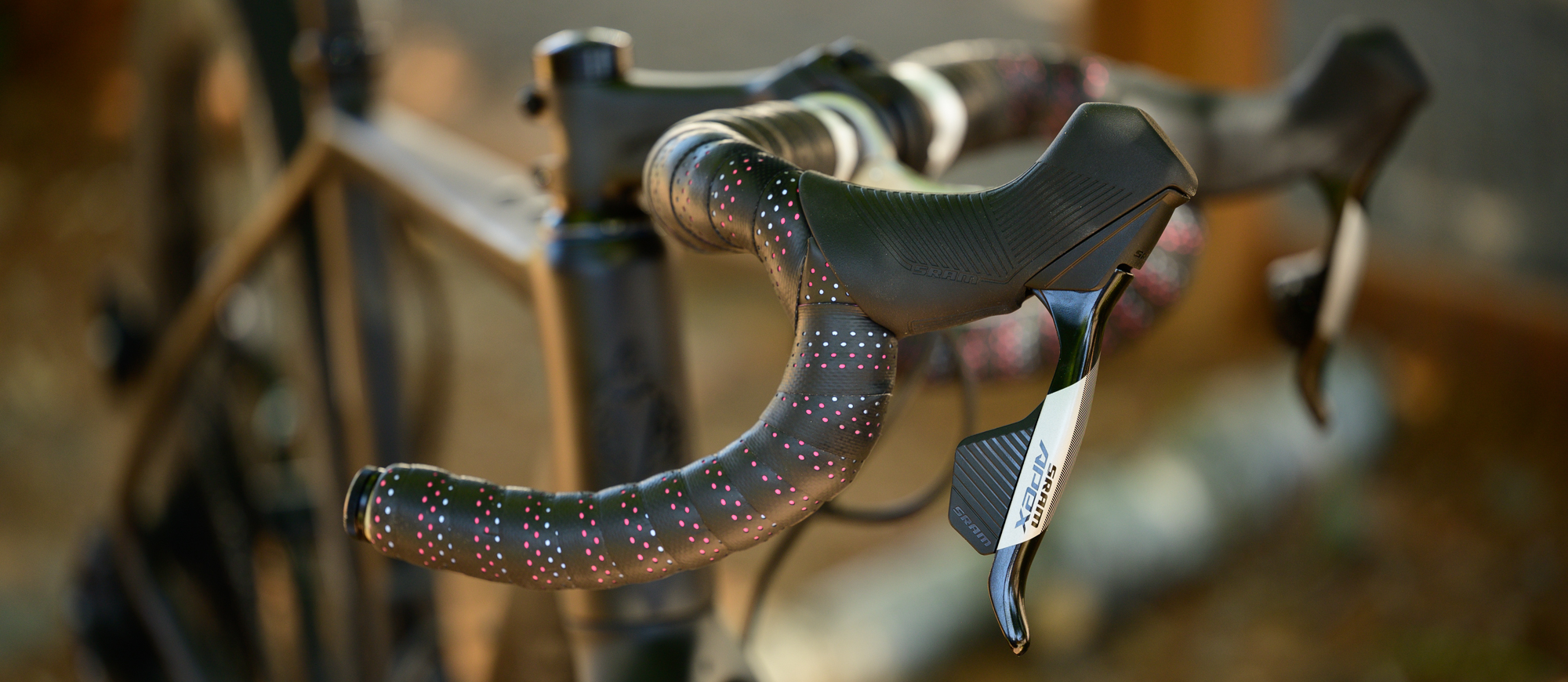Cyclingnews Verdict
In retail channels the price difference between Rival AXS and Apex AXS is so incredibly small it makes sense to choose the upgradability of the Rival groupset. For most people though, the decision will come when looking at a full bike build. In that case, Apex AXS is an excellent groupset for the price and a mullet build means having plenty of gearing no matter what you decide to do with your bike.
Pros
- +
Adding a power meter is simple and inexpensive
- +
Gearing works for whatever you want to do with a gravel bike
- +
Comfortable hoods
- +
Excellent brakes
- +
Adjustable reach
Cons
- -
Mullet build means slower shifting
- -
XPLR cassettes require a different rear derailleur
- -
No simple upgrade path for 2x
You can trust Cyclingnews
SRAM Apex is the latest in the SRAM lineup to get a refresh and it's a big one. After years of being relatively unchanged, the fourth tier in the SRAM lineup brings electronic and 12-speed shifting to even more people. Until now if you were looking for electronic shifting that meant Rival was your least expensive option. Meanwhile if you wanted a 12-speed groupset for a gravel bike there wasn't a mechanical option.
Price: $1292 / £1299
Speeds: 1x12
Chainrings: 40T, 42T
Cassettes: 11-50T, 10-50T, 10-52T
Brakes: Disc only 140mm or 160mm rotor options
Function: Full wireless
Weight: 3137g weighed with a 42T power meter crank, 11-50T cassette, and dual 160mm rotors
Apex changes all of that by offering both 12-speed mechanical and a new lower cost electronic option in the first gravel only groupset from SRAM, by which I mean 1x only. Obviously if you ride it on tarmac it will still continue to function. Now as you browse our list of the best road bike groupsets, and the gravel bike options included, there's yet another budget focused consideration. While Shimano recently brought 12-speed mechanical to the party with both a new 105 mechanical and a 12sp GRX mechanical, SRAM is offering not only mechanical and electronic shifting but also an official mullet build.
All that choice is something that is going to turn the market on its head. Not so much as an aftermarket option but definitely in the OEM market. After years of rising prices, all of a sudden frame manufacturers have a way to push the price of quality builds down. You can expect to see a whole new range of less expensive gravel bike builds hit the market soon with SRAM Apex on board. When you do, one of the options you might find yourself considering is a SRAM Apex AXS mullet build.
A mullet build is the common name given to systems with drop bar controls and a mountain bike rear cassette. This is the option you'll find on bikes targeting adventure cycling and bikepacking, and now there's an option with electronic shifting and a budget price. As you ponder if it's right for you, you'll have to not only decide if the mullet design will fit your needs but also if Apex AXS is right for you. Should you go for the extra price of a more expensive Force AXS system, or the upmarket and mechanical GRX, or is SRAM AXS the right choice for your new frame? To test it, I've put a Salsa Warbird together and stuck to an HG cassette along with a SRAM Apex AXS in a mullet configuration. My guess is that this will be a popular OEM option so keep reading to see if it's the right solution for you.
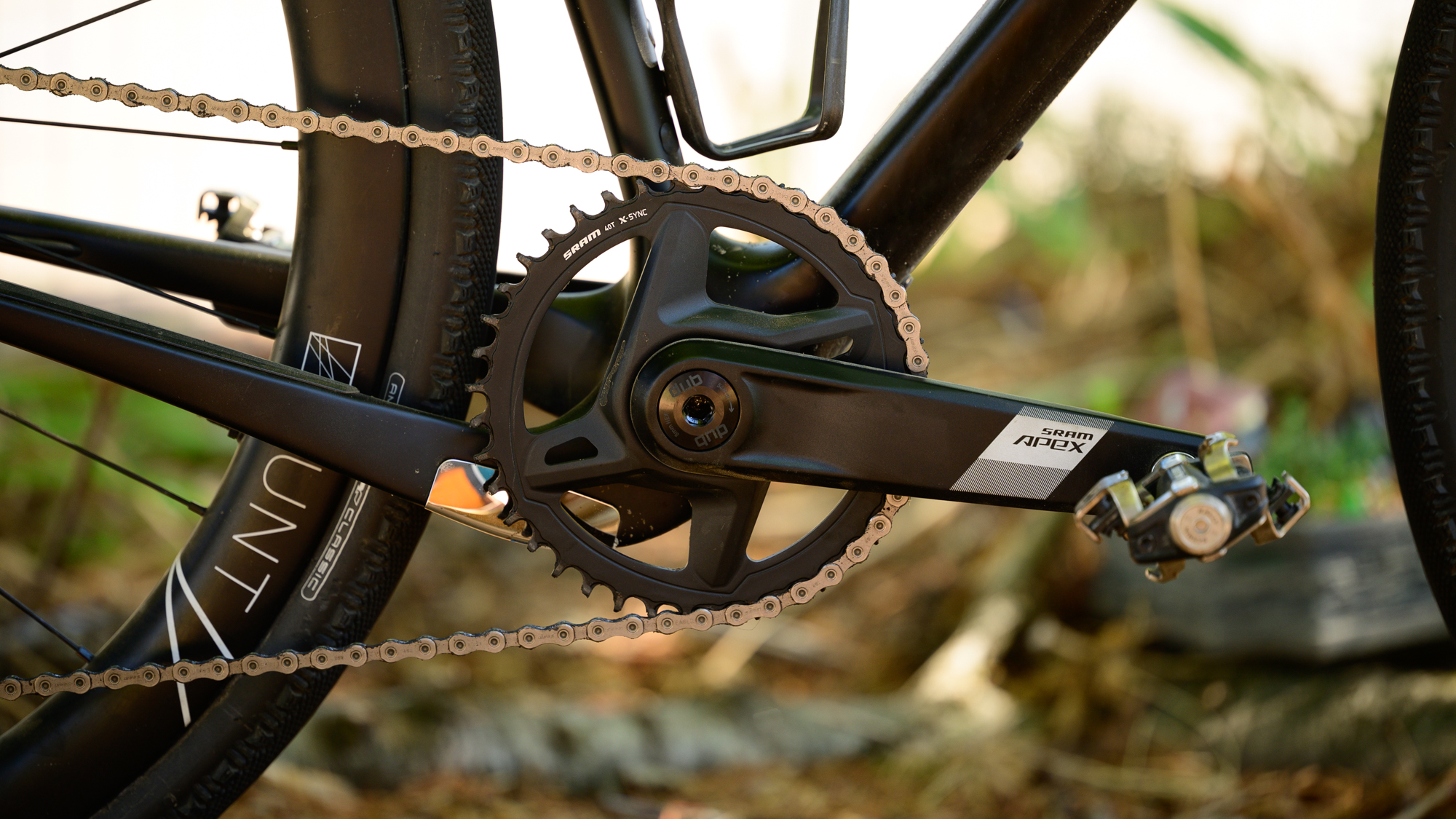
Design and aesthetics
When you start to look at a new groupset, it's always the controls that set the tone both visually and functionally. In both regards what you will find when you look at the controls for the latest SRAM Apex AXS system is something so close to Rival AXS; the two are virtually indistinguishable. Both systems leave out any carbon fibre and instead use a mix of aluminium, steel, and plastic where appropriate.
For the controls, that means an aluminium lever and the same chunky plastic design you've seen from SRAM in other groupsets. If you like to hold the top of the hoods, there is no shortage of space here and the buttons continue to be easy to press no matter what gloves you might be wearing. Weight should be the same as well with the Apex AXS controls hitting my scales at 241 grams for each side. That's with no brake components attached, but the brakes are also functionally the same as Rival. Both systems are missing the bleeding Edge ports found on higher-level brakes but otherwise changes are only cosmetic. There is one major difference though. Not only between Rival And Apex but also between Apex and every other AXS groupset before.
Shimano can take credit for the first gravel groupset but SRAM chose to take a different path. Without wires to connect individual components, everything has always been a bit of a buffet. Start with the level of controls you were willing to pay for then add a rear derailleur, and possibly a front one too, a chainset, and cassette to fit your needs. If you were building a gravel bike you might choose a 1x bike then later decide you wanted to change bikes, or change strategies, and add the components to make a 2x system. You wouldn't need to change the controls, until now. Apex is the first gravel-only groupset that SRAM has ever made. If you want to go to a 2x system in the future, you'll need to budget new controls as well.
The latest race content, interviews, features, reviews and expert buying guides, direct to your inbox!
With that in mind, for those who are purchasing in the aftermarket, I'd recommend upgrading just a bit to the Rival AXS controls. If you were to do that, there would be some small differences from a visual standpoint. While Rival AXS uses a largely black on black and glossy design, Apex AXS instead employs a liberal use of large fields of white bearing the Apex name. There's a new look to the texture of the hood but I'd call that purely visual as well and should you mix and match, unlikely to be noticeable.
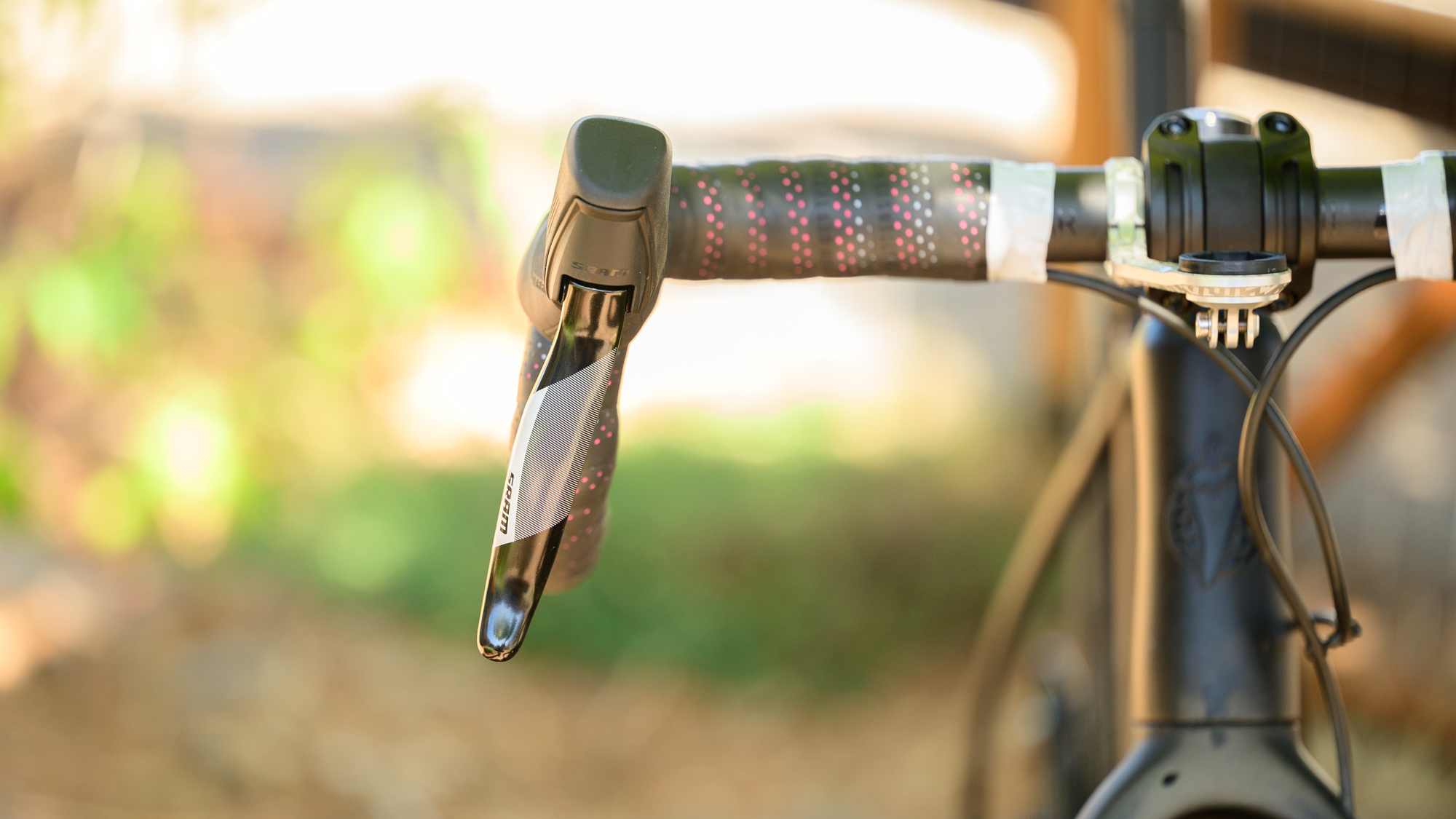
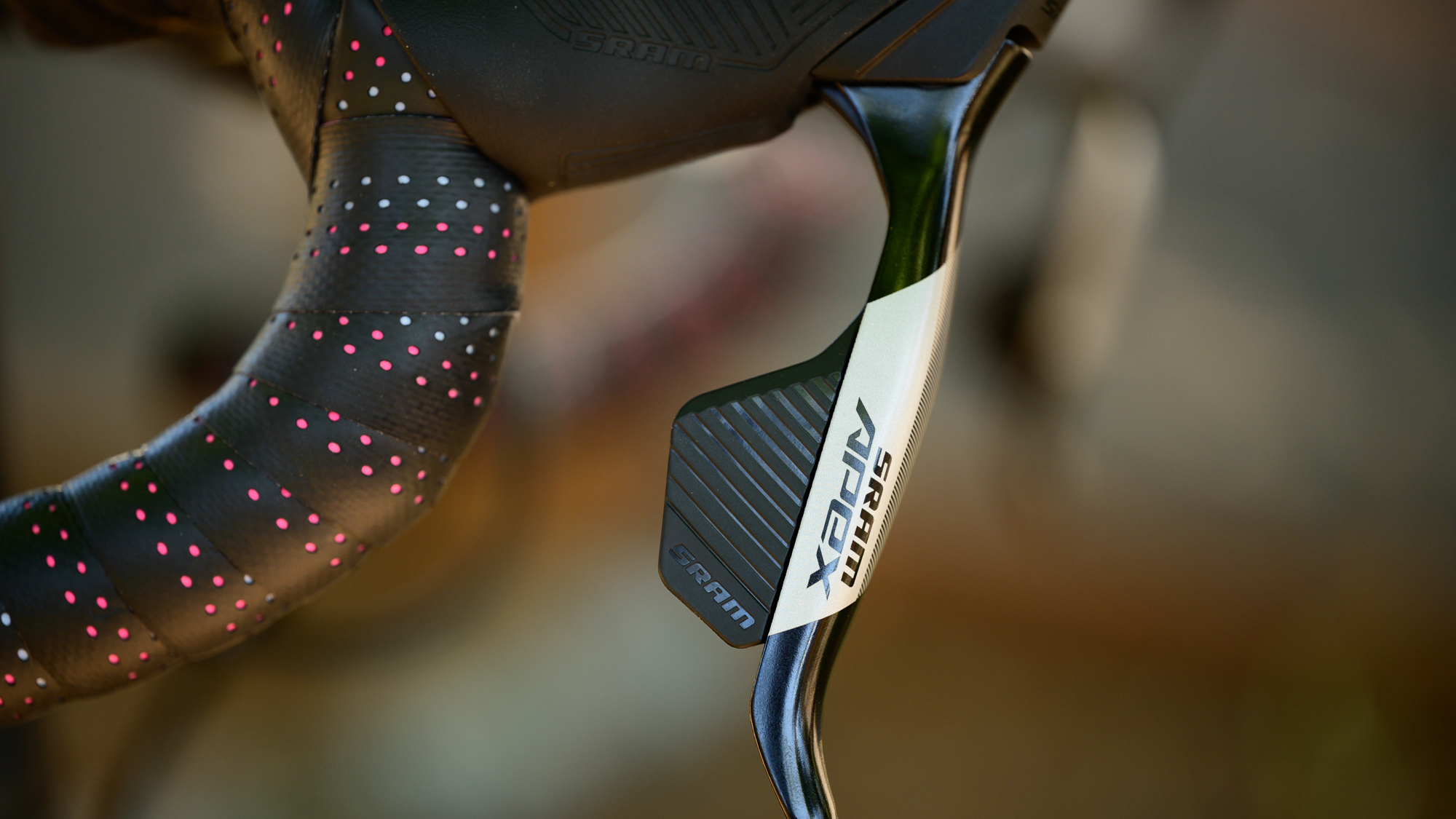
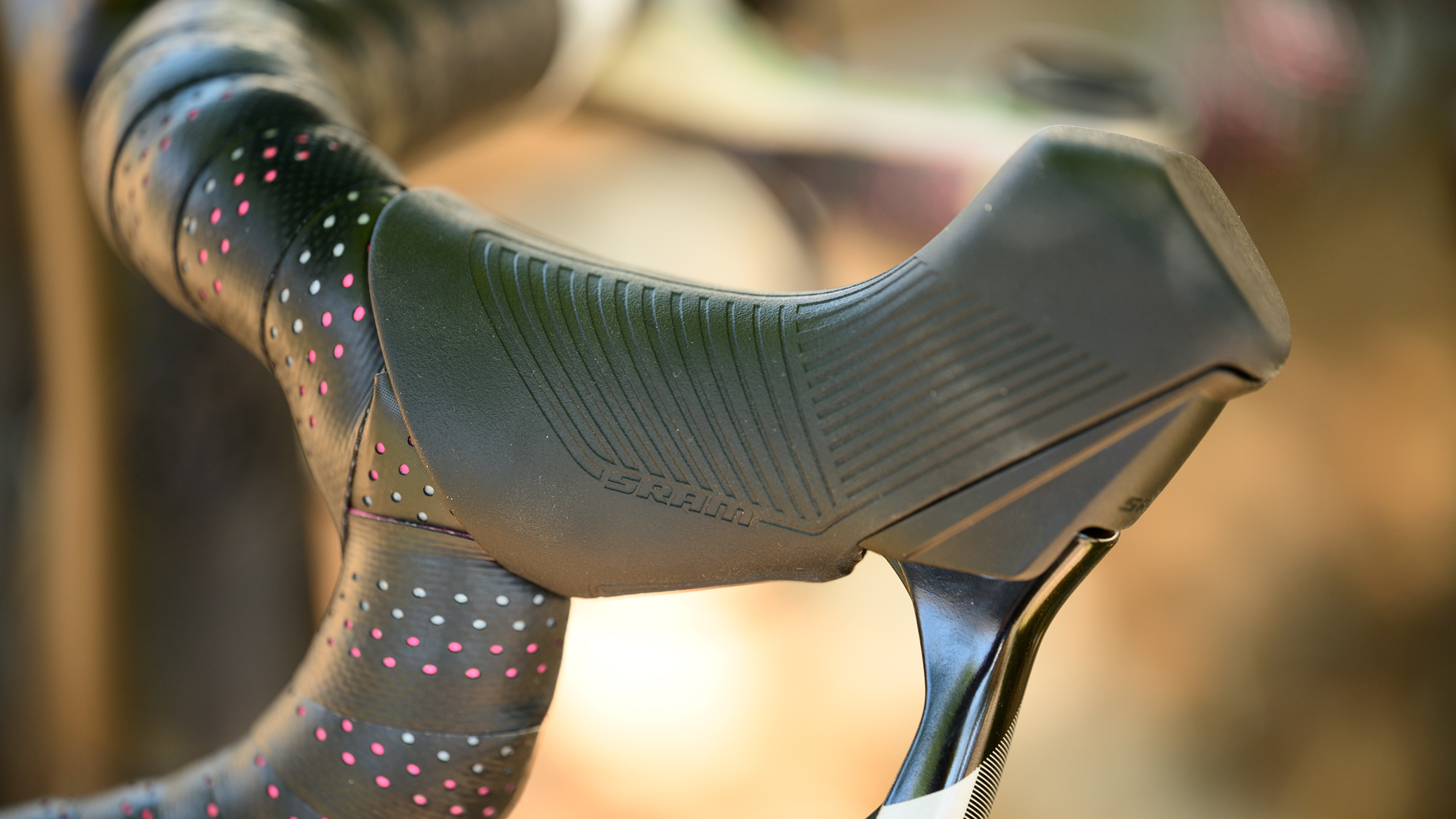
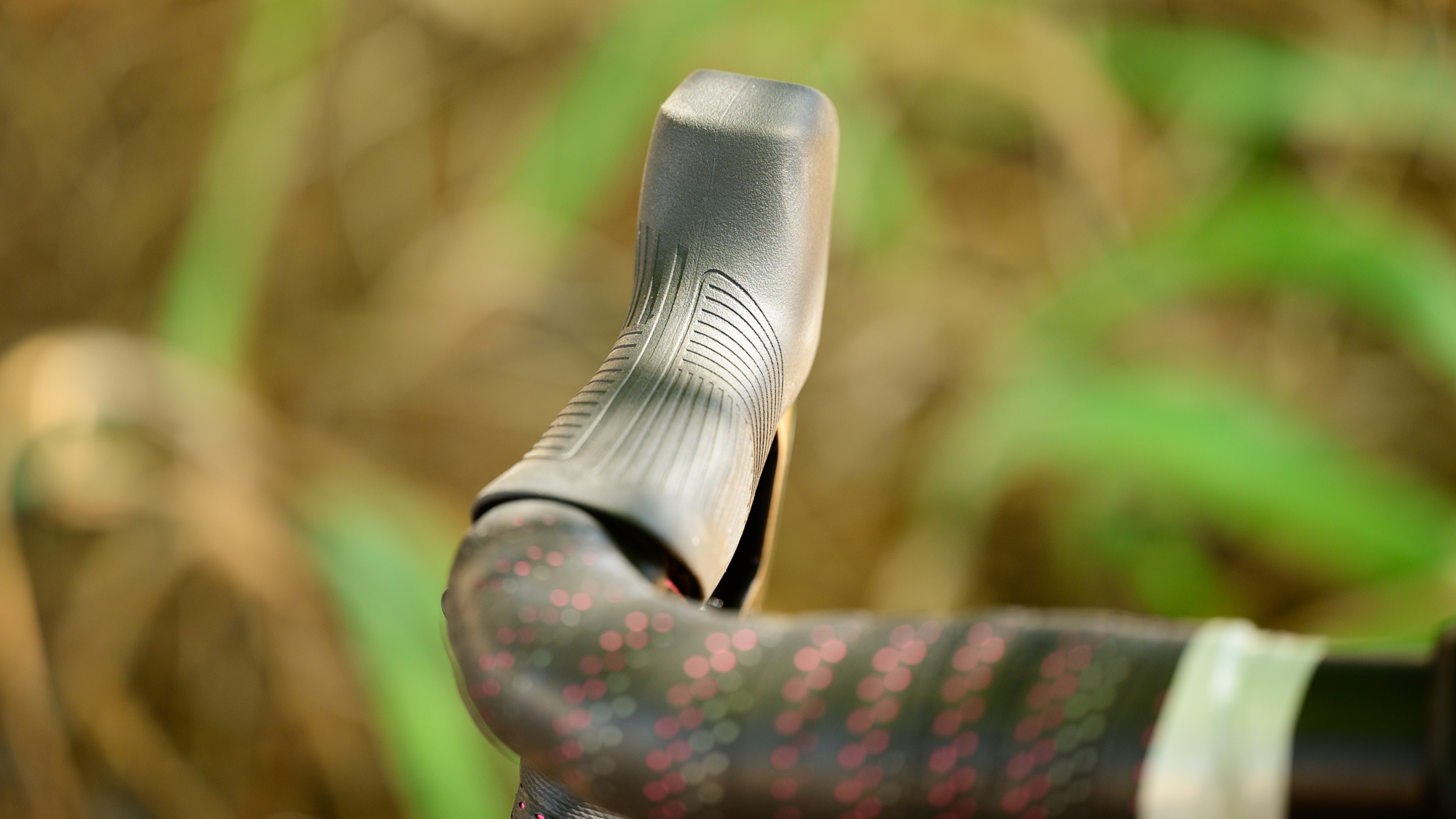
As you continue down the bike, similarities continue. The SRAM Apex AXS crankset is almost an exact duplicate of the Rival AXS crank. The DUB Axle remains the same as does the forged alloy construction. The chainrings use the same 8-bolt attachment style and the 750 gram weight should be the same as well. As with Rival, that 750 grams includes the optional single leg, spindle based power meter with the same 400 hour AAA battery system and +/- 1.5% claimed accuracy. The only real difference is visual as the matte Apex finish doesn't do as well to hide the forged texture.
Where things start to really change in this system, at least for me, is at the rear of the bike. The interoperability of the SRAM AXS system has always meant mullet systems (using a mountain bike rear derailleur with drop bar controls) were possible. With Apex, SRAM is fully embracing the concept. Previously aftermarket mullet setups would have employed a GX rear derailleur at the low end. With Apex SRAM has rebadged that product and brought it fully into the Apex AXS system.
That means for all the bikepackers and mountain bikers playing with drop bars you can look forward to more bike choices. As already mentioned, you would have had this choice in the past with the purchase of additional parts. Now manufacturers can keep everything matching and there's even the option of using an HG compatible freehub and an Eagle chain with a 12-speed AXS mullet build. That configuration will mean an 11-50 cassette but should you purchase a bike like that, you'll be able to later swap to an XDR compatible cassette with choices of 10-50 or 10-52. Should your needs change at a later date you could also swap in an Apex AXS rear derailleur and switch to a 44 tooth max cassette. You'd still have options for HG or XDR compatible cassettes.
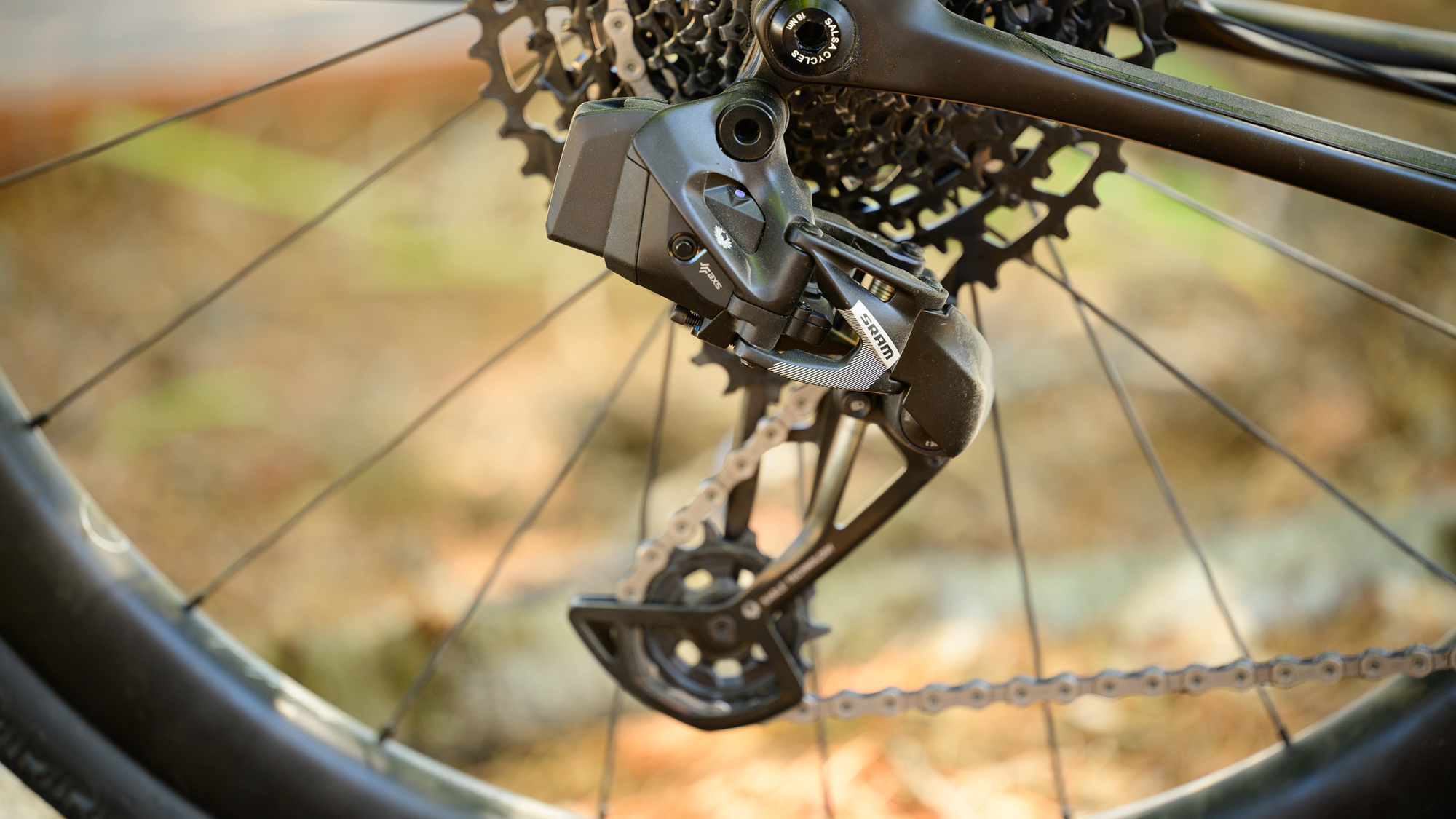
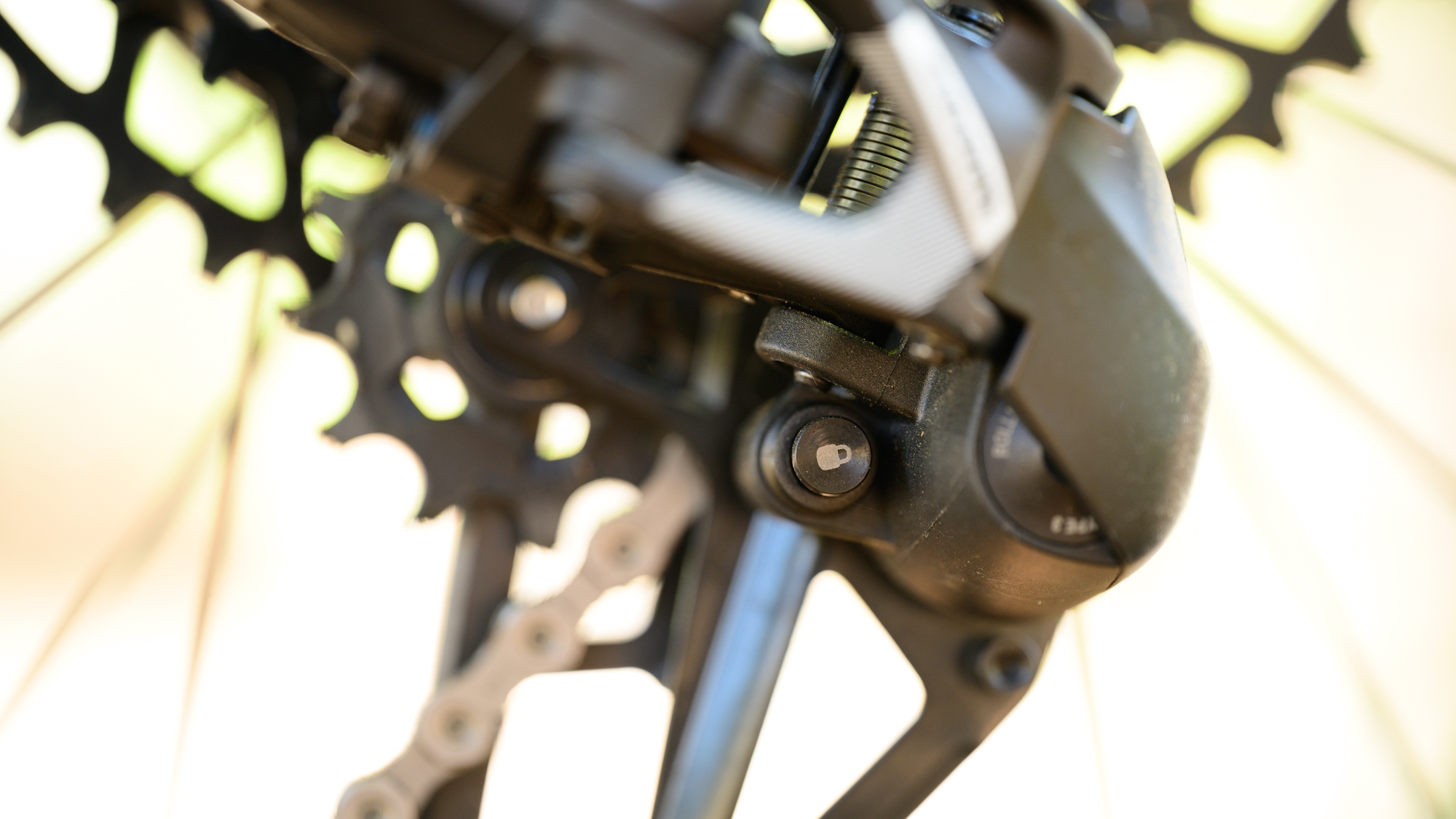
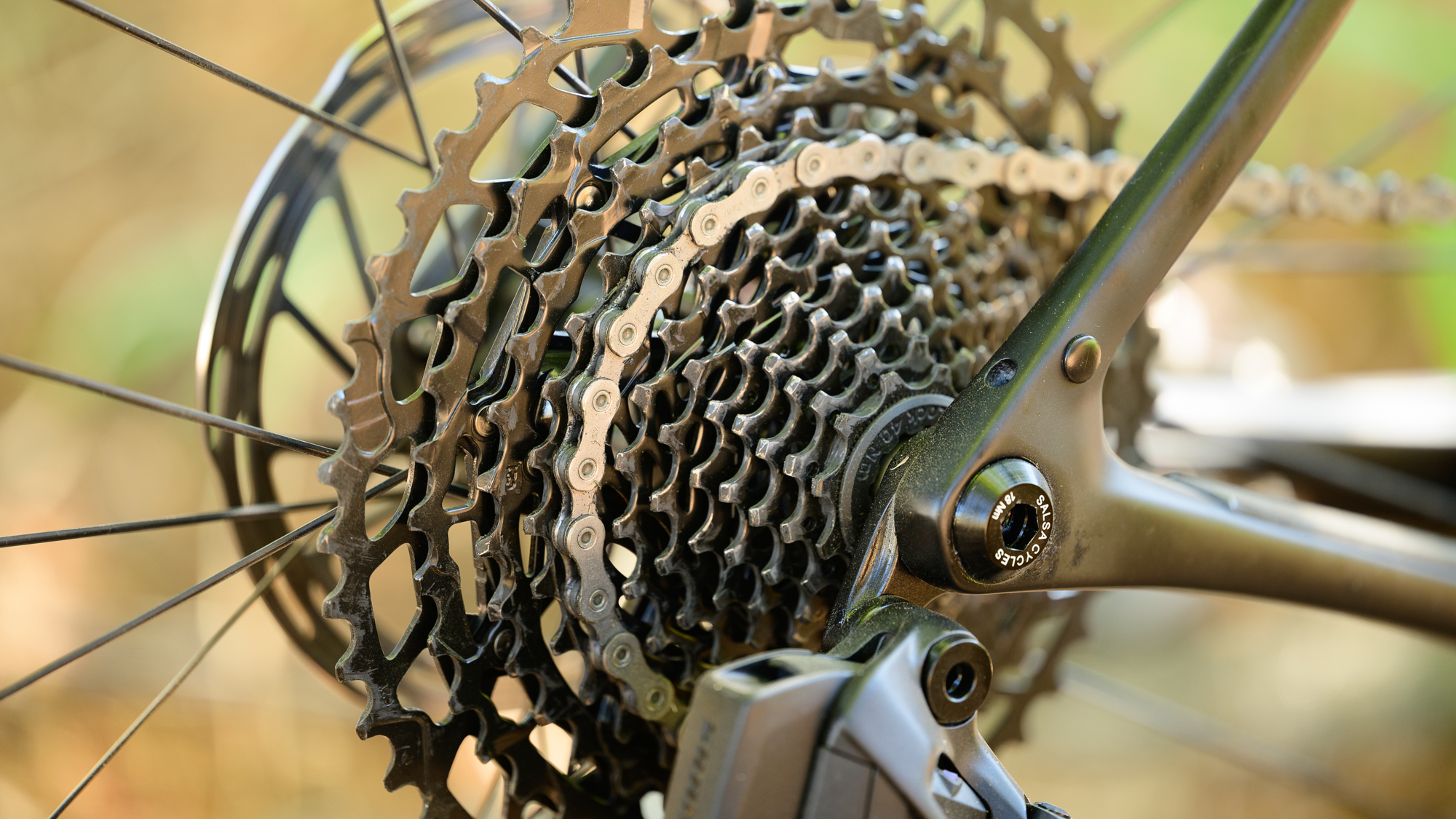
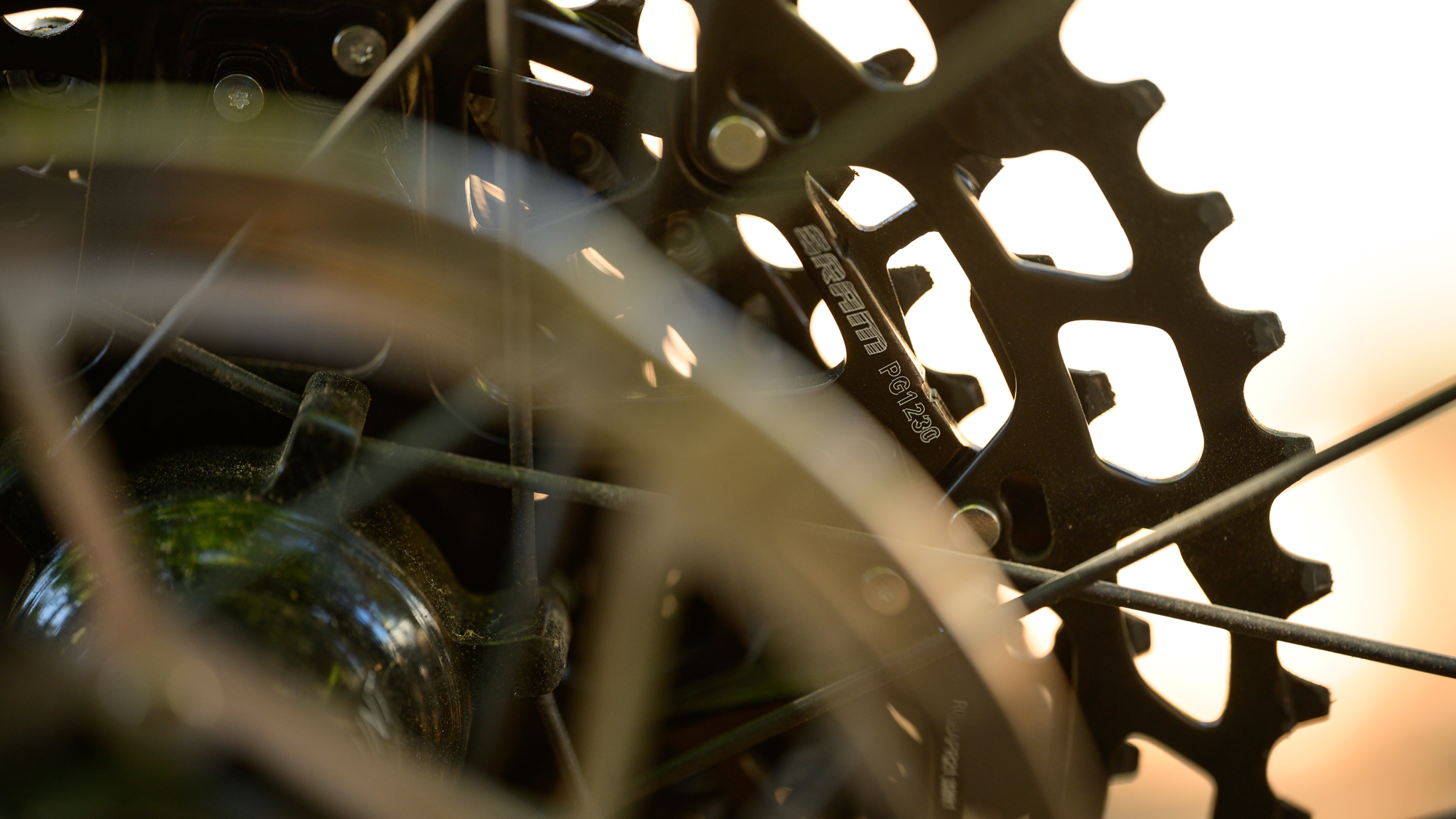
Performance
As I spent time with this groupset, I wanted to answer two distinct questions. Would it work to live with a mullet build for everyday mixed surface, fast, riding and should you consider a SRAM Apex AXS bike if you see the right price?
After spending time with SRAM Apex, the truth is I really only want to talk about the choice of mullet or not. Apex AXS is so good that it's almost a boring question to answer. When it comes to gravel bikes I prefer to stay down market a bit. I'd prefer that when I hit the deck after a lengthy slide across black ice that the components under me are a bit more affordable. At the same time, I prefer electronic shifting so that on those same rides, with heavy gloves and frozen fingers, shifting is easy and crisp with only a touch of a finger. All that means I've spent more time on gravel bikes with Rival AXS than Red or Force.
If that sounds like it strikes a note for you as well, the biggest drawback to that choice is weight. At a measured weight of 3137 grams for the system you are adding a considerable amount of weight to your bike compared to lighter groupsets. Still, I was able to build a bike with a ready to ride weight of 9.3 kg without any focus on weight. I didn't feel like this setup held me back but those are the numbers you are looking at.
Aside from weight, the rest of my experience with the SRAM Apex AXS mullet groupset was generally positive. I didn't have the joy of testing the Overload Clutch system which disengages the motor in rear derailleur in the event of an impact. I did however notice the clutch was more than capable enough to control movement and keep the chain silent even on a fast descent across washboards. When it was time to slow on those same descents, the brakes were every bit as good as any of the other systems I’ve used from SRAM. I also appreciated the cage lock feature which makes it easier to remove a wheel than SRAM gravel derailleurs without that feature. The power meter is as accurate as I'd expect from a single leg system and I continue to love the shape of the hoods, levers, and buttons.
In terms of drawbacks to Apex AXS in the mullet configuration, I did notice the system is a bit slow to shift. The combination of the big cassette, beefy derailleur, and large gear jumps slow things a bit. There's also more noise shifting under power at the bottom of the cassette. If you find yourself pushing up or down, while under power, near the 11-tooth cog the shifts make noise despite never missing a tooth or otherwise having an issue. At the top of the cassette, where the torque is lower, it shifts as smoothly as my SRAM Red AXS road bikes. I suspect if the performance down low is an issue you'll want to either look upmarket for the rear mech and cassette or choose an XPLR system with smaller jumps.
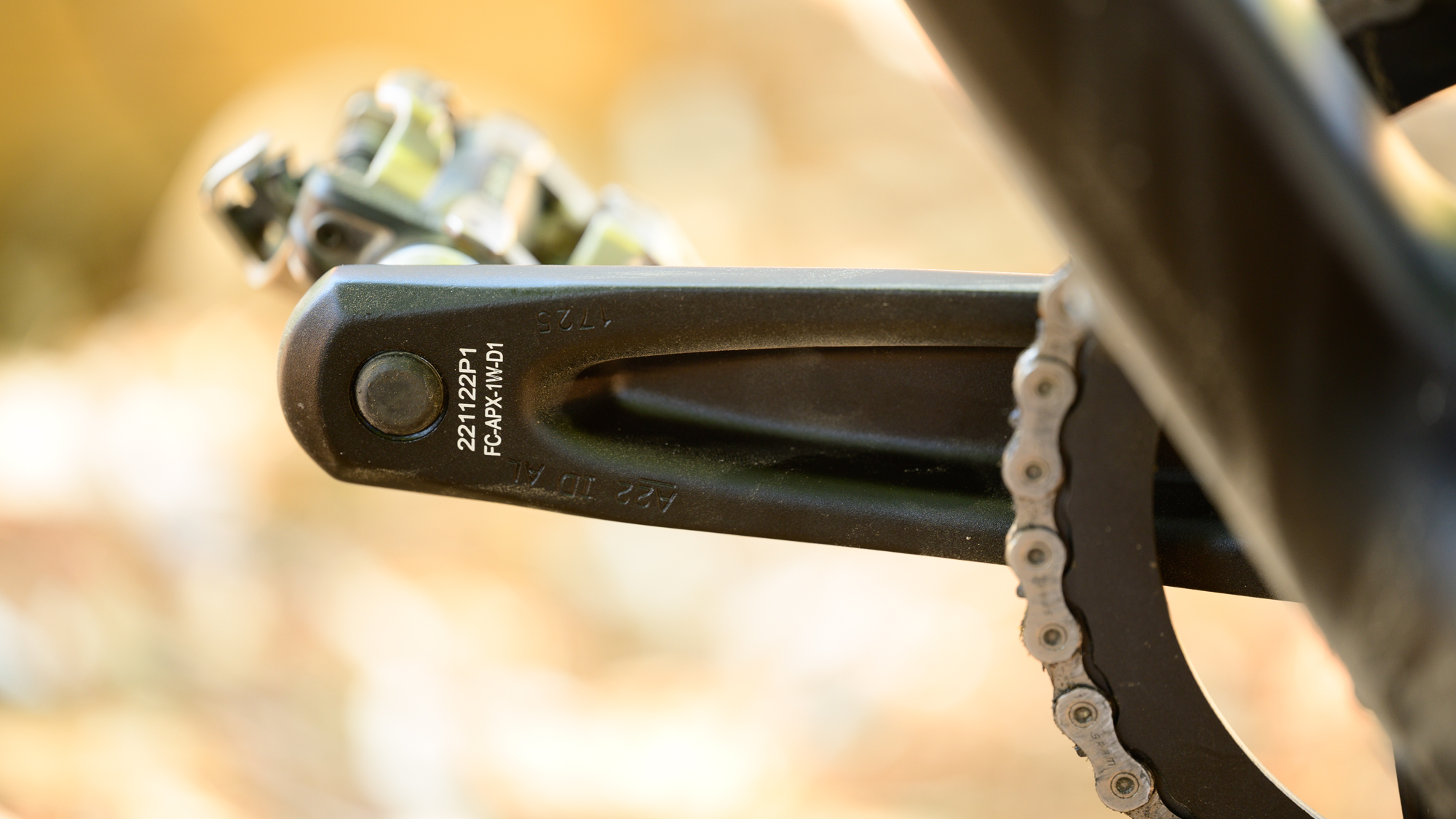
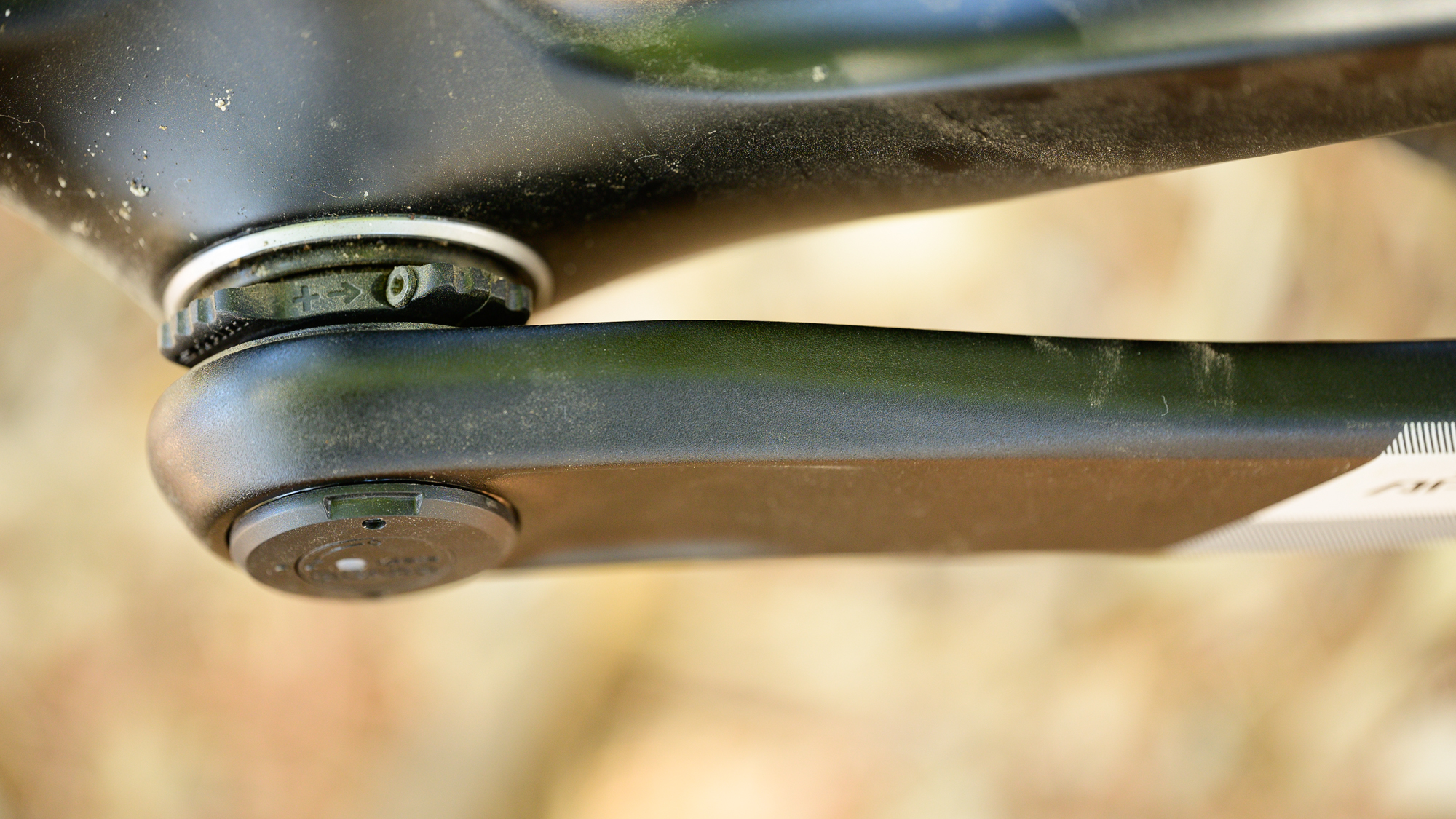

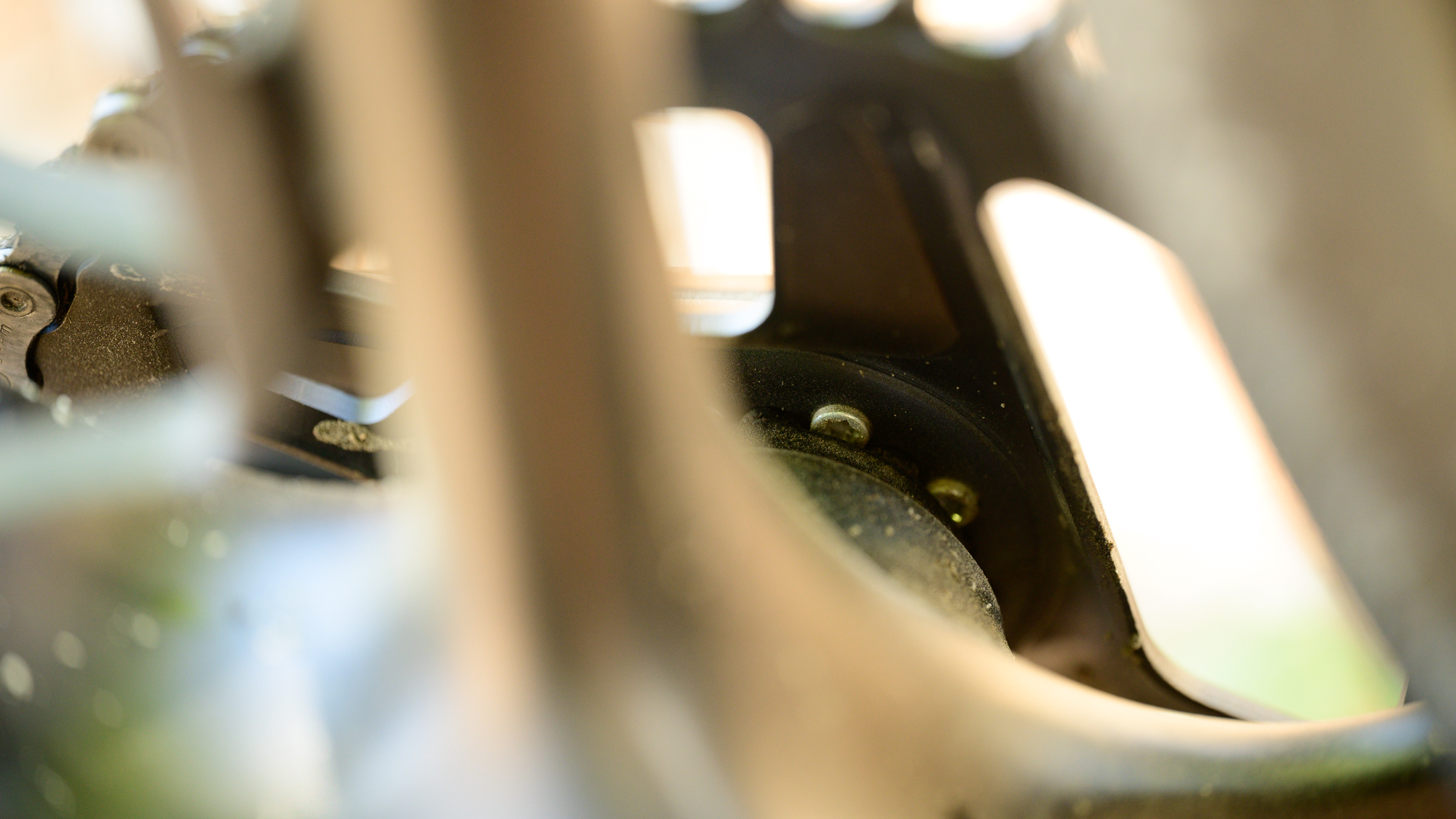

That leaves the question of how a mullet drivetrain works for everyday riding. This is the question I found most intriguing to answer. For most people, it’s a question likely to come up when staring at build options for a bike like the Specialized S-Works Diverge listed as the best all-arounder in our best gravel bikes buyers guide. I can say with confidence that you aren't missing much by choosing Apex AXS but that doesn't address the gearing. You've got choices for XPLR or mullet builds, which is going to do everything you need?
To answer that question, I put together a specific ride that I felt would cover everything I need a bike to do. I ran a 42 tooth front chainring along with the 11-50 HG compatible cassette as I suspect this will be the most common option from OEM. When I was back from the ride, I ran it through the SRAM AXS web system to help understand how I’d used the bike. What I found was that in the initial 13 miles / 21 km flat riding, I stayed almost exclusively in the 13 tooth and 15 tooth rear cogs with only an extra couple minutes in the larger 15 tooth. When I headed off road with a gentle gradient, I spent my time between the 15t and 36t with one brief test of the 50t gearing as I checked out a mountain bike trail.
Although I went through each section of the ride, I’ll save you the full analysis covering seven hours of riding. Instead you can already see that I'm using the gears in a way that makes sense. On the flats I'm near the bottom but not in the 11t very often. Low gradient uphill, I use the middle of the cassette. Later in the ride on a long fast descent my gear usage looks similar to the flats and on the 45 minute climb after that, I favoured the top of the cassette but never the 50 tooth. On an unloaded bike, that's what I want to see. Even near the end of the ride when I caught up to another rider holding a fast pace on a short ride, I favoured the bottom of the cassette but wasn't always in the 11 tooth. If you sometimes have a need for serious gear range, I wouldn't worry about choosing a mullet build. The only time you might need to think hard is for those looking for a quiver killer bike. XPLR will better handle situations where you switch to road wheels and tyres. For those who plan to stick with gravel tyres, even if you also do some fast riding on flat surfaces, my time looking through rides on SRAM AXS Web says a mullet build is a workable option.
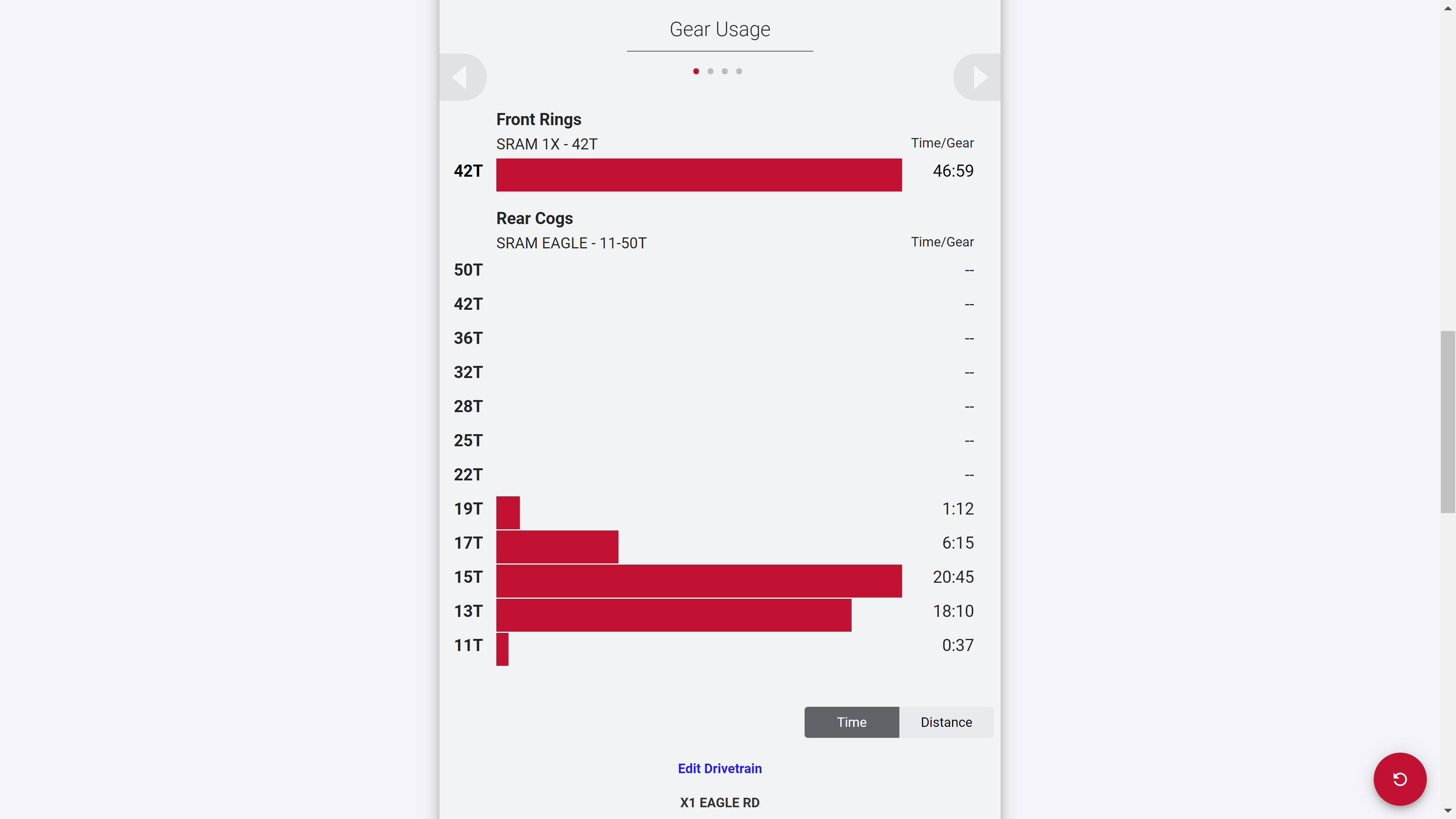
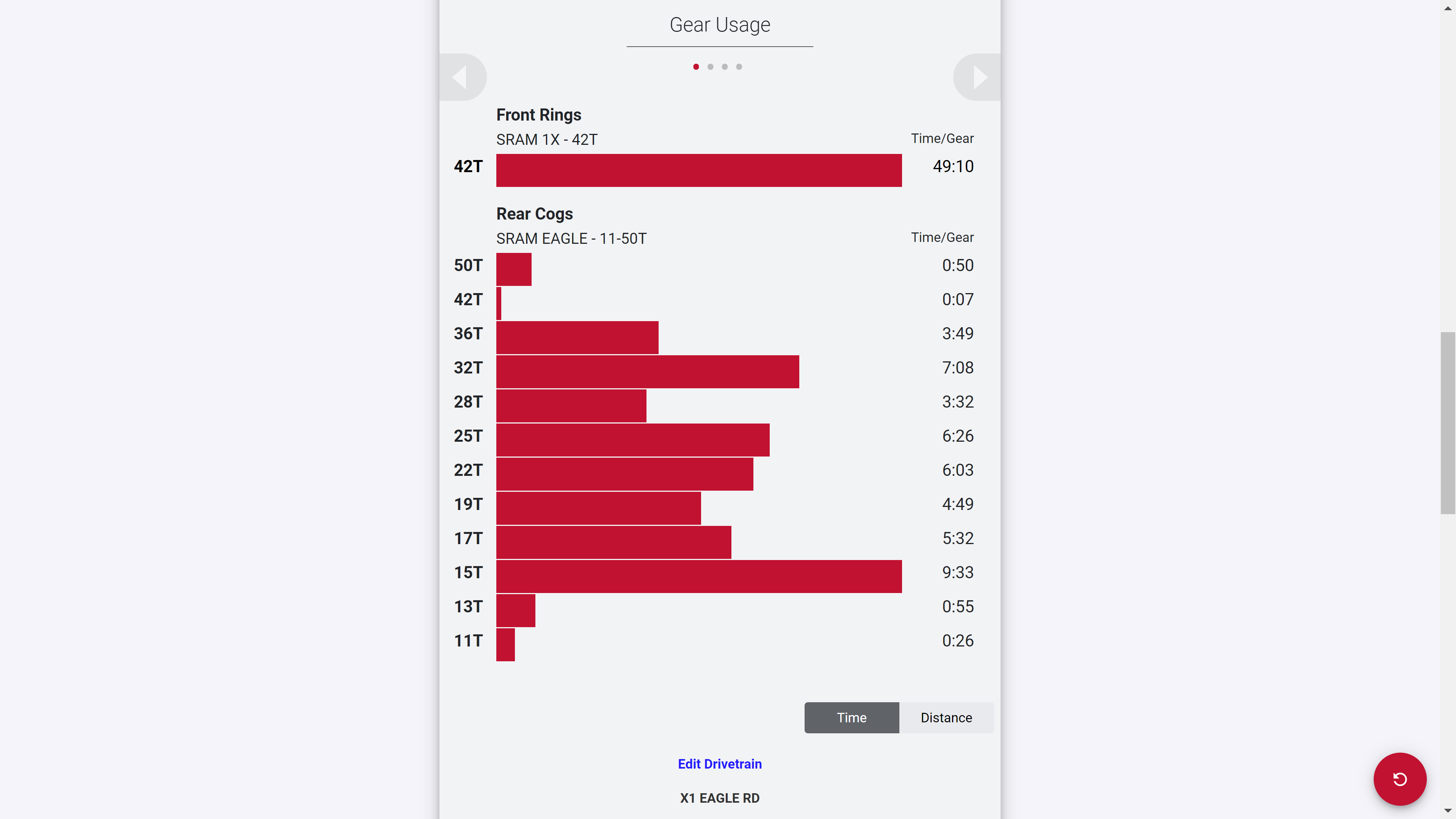
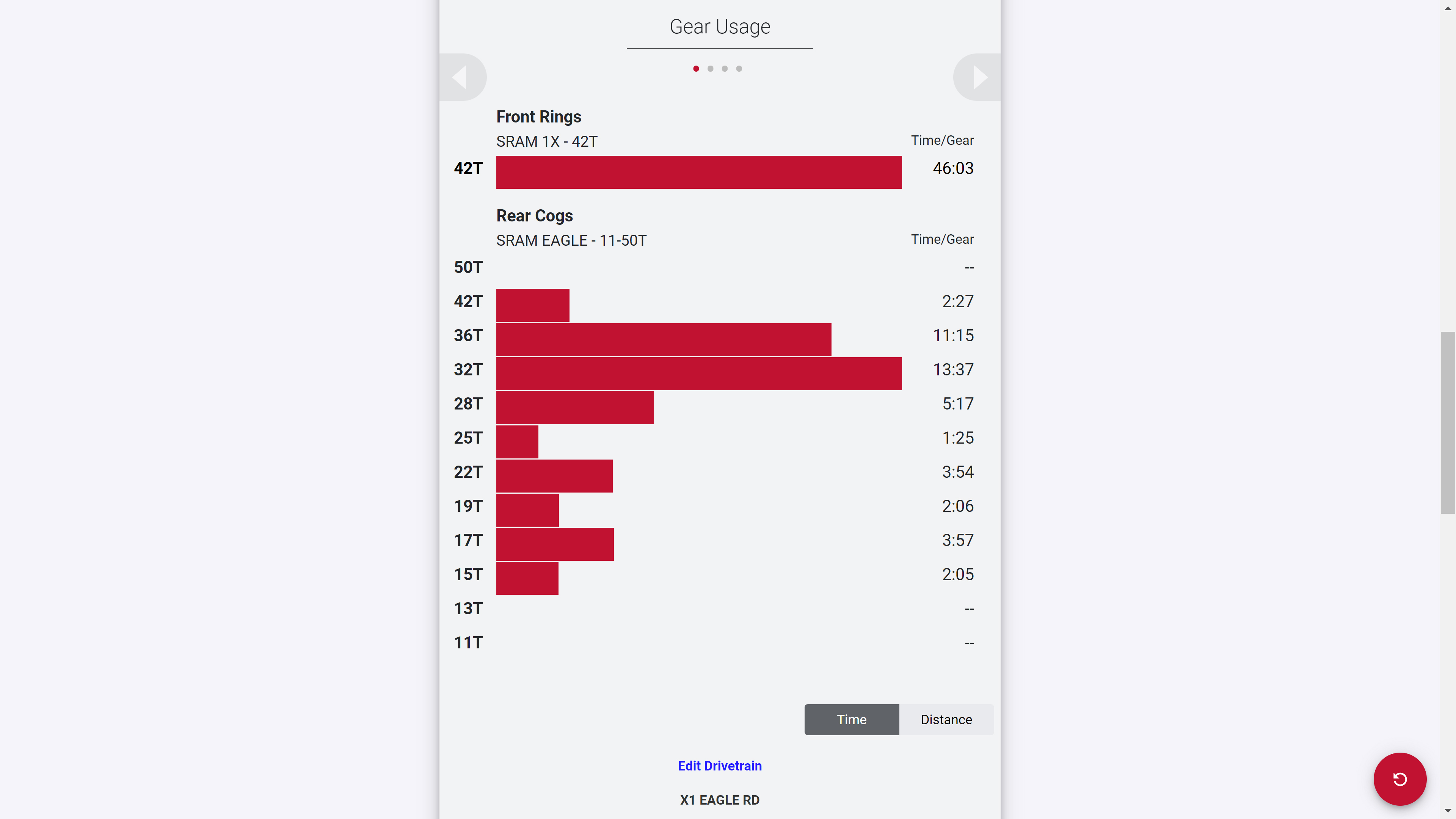
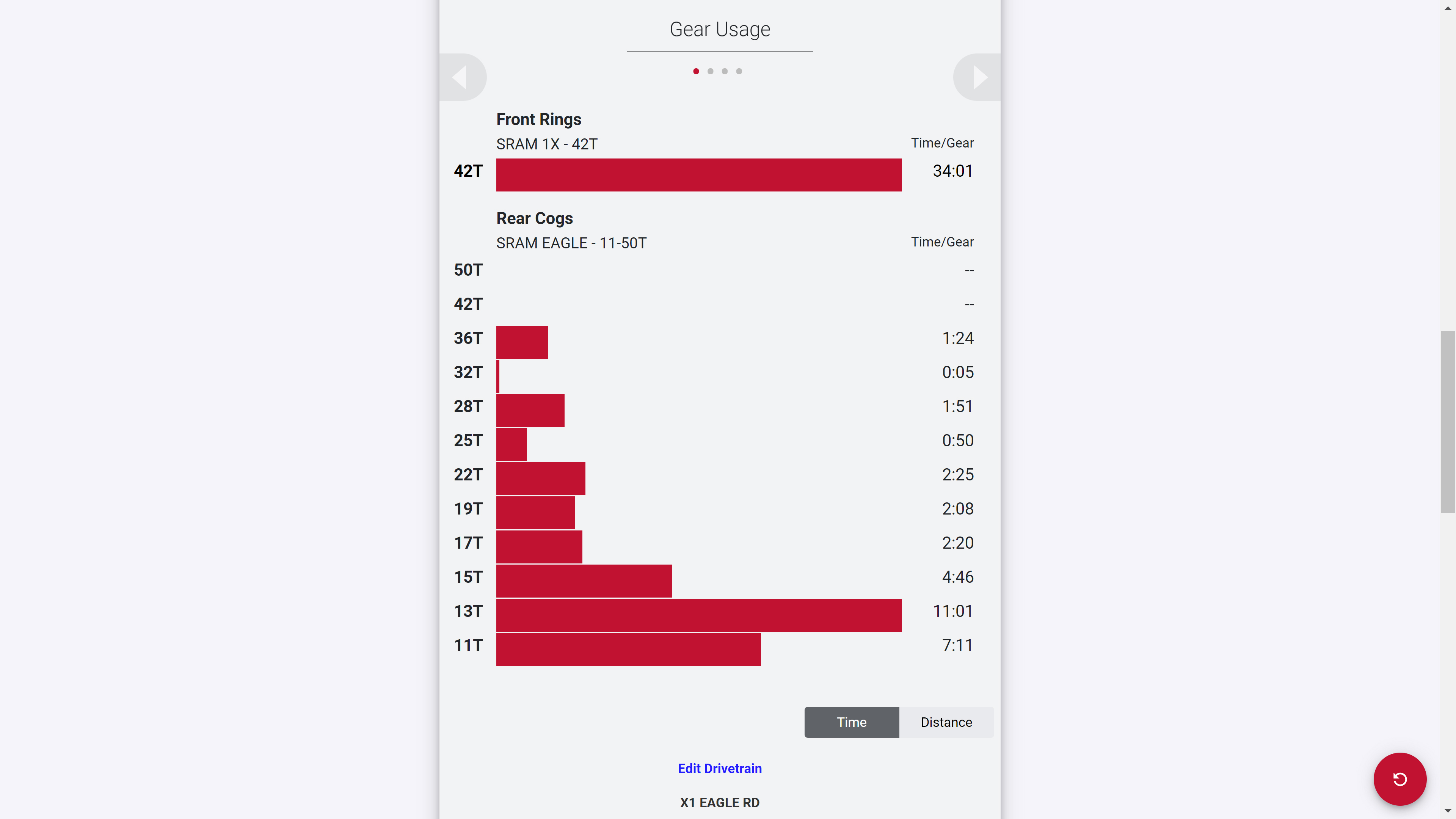
Verdict
SRAM Apex AXS is available as an aftermarket purchase. For those that prefer to buy a frame and build up a bike, or perhaps refurbish a bike you love, it will be an option to save a little money compared to Rival. In that situation there's almost no difference between Rival AXS and Apex AXS but choosing Apex controls add to the price if you ever want a 2x system. Performance won't differ so this will be a price decision.
For most people though, the decision between Apex AXS in a mullet build, Apex AXS XPLR, more expensive SRAM groupsets, or Shimano GRX is going to come the next time you buy a new bike. As you consider those options the first thing to think about is if you are looking for mechanical or electronic shifting. If it's mechanical you want then GRX will be the lighter more expensive option. For those considering electronic though, you now have a 12-speed budget option and SRAM Apex AXS is brilliant for the price.
If you are trying to decide between Apex AXS and Apex AXS in a mullet build, I wouldn't focus on the gearing. If you are even considering it, and it’s a gravel-first bike, the chances are the gearing will work for you. Even if you spend time with your gravel bike riding on flat roads, there's workable gears. What you might want to consider is that the mullet gearing will mean a little more weight for an already heavy groupset and slightly slower shifting with more noise. If you never see yourself bikepacking then you can get a lot of range out of the XPLR groupset and shifting should be a bit smoother.
Personally, I prefer electronic shifting even if it's heavier and I love huge climbing gears. I also tend to keep 40mm tyres on my gravel bikes. I'd probably move a 10-50 XDR cassette but I certainly wouldn't pass up a SRAM Apex AXS mullet bike.
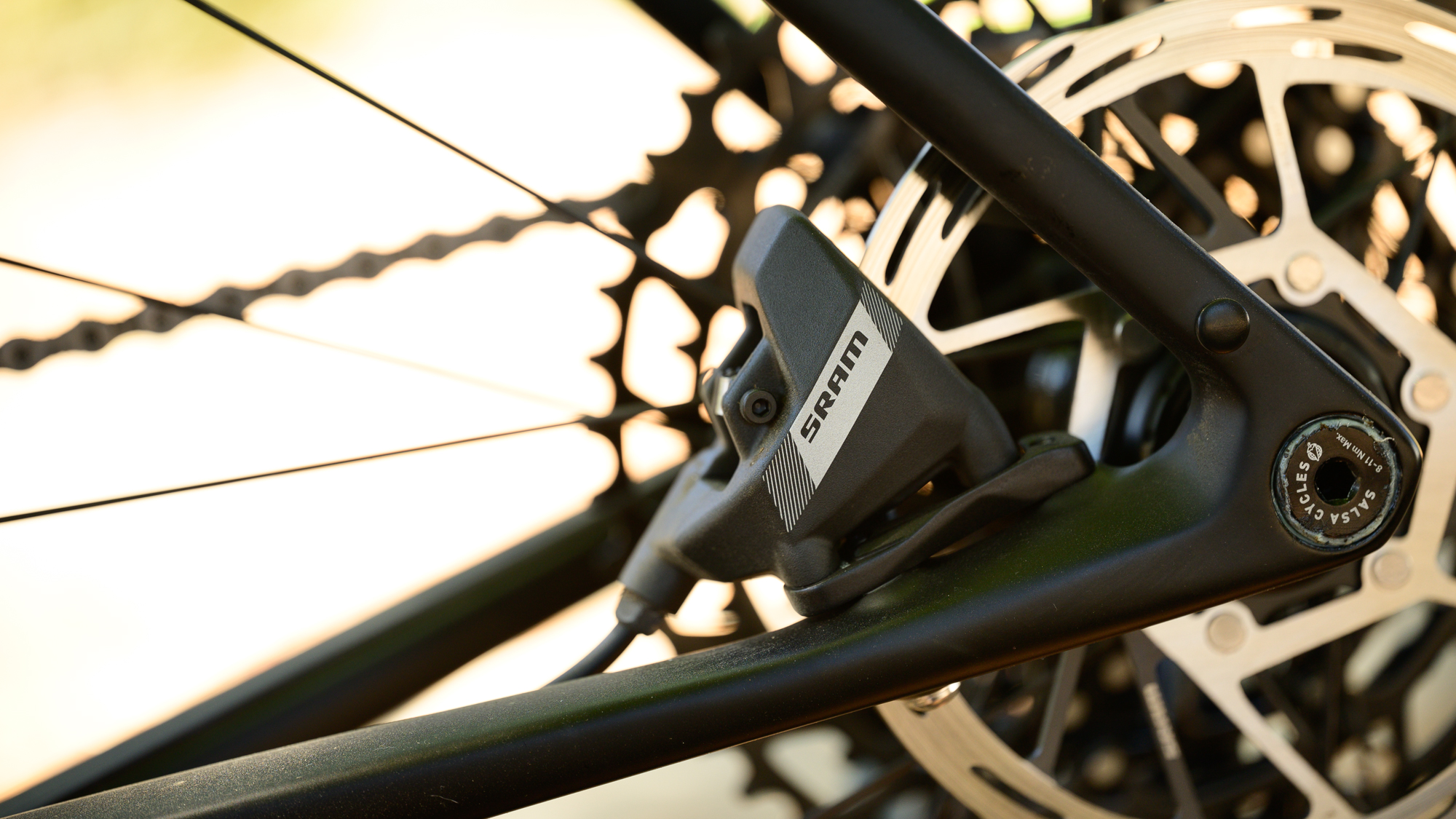
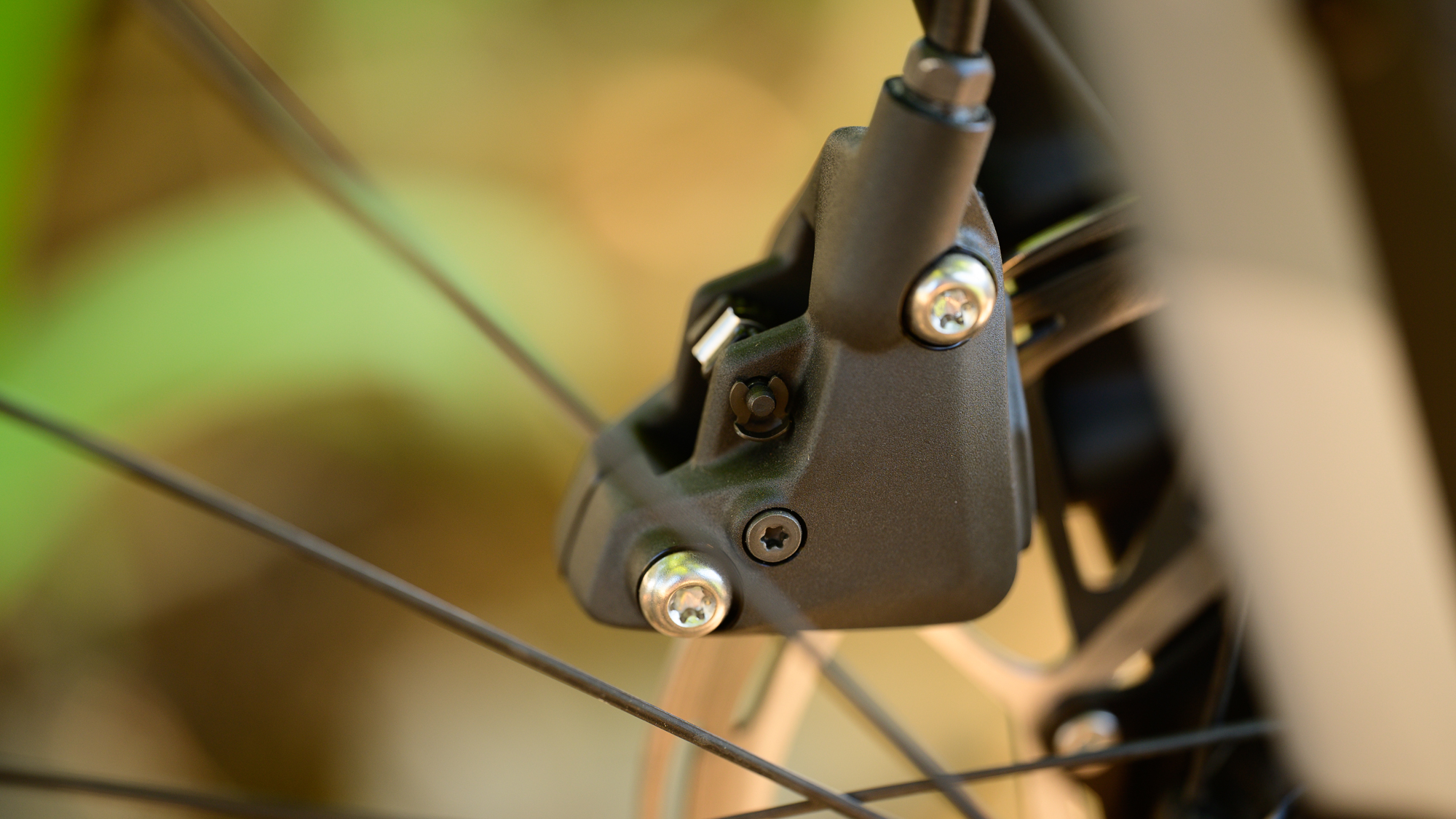
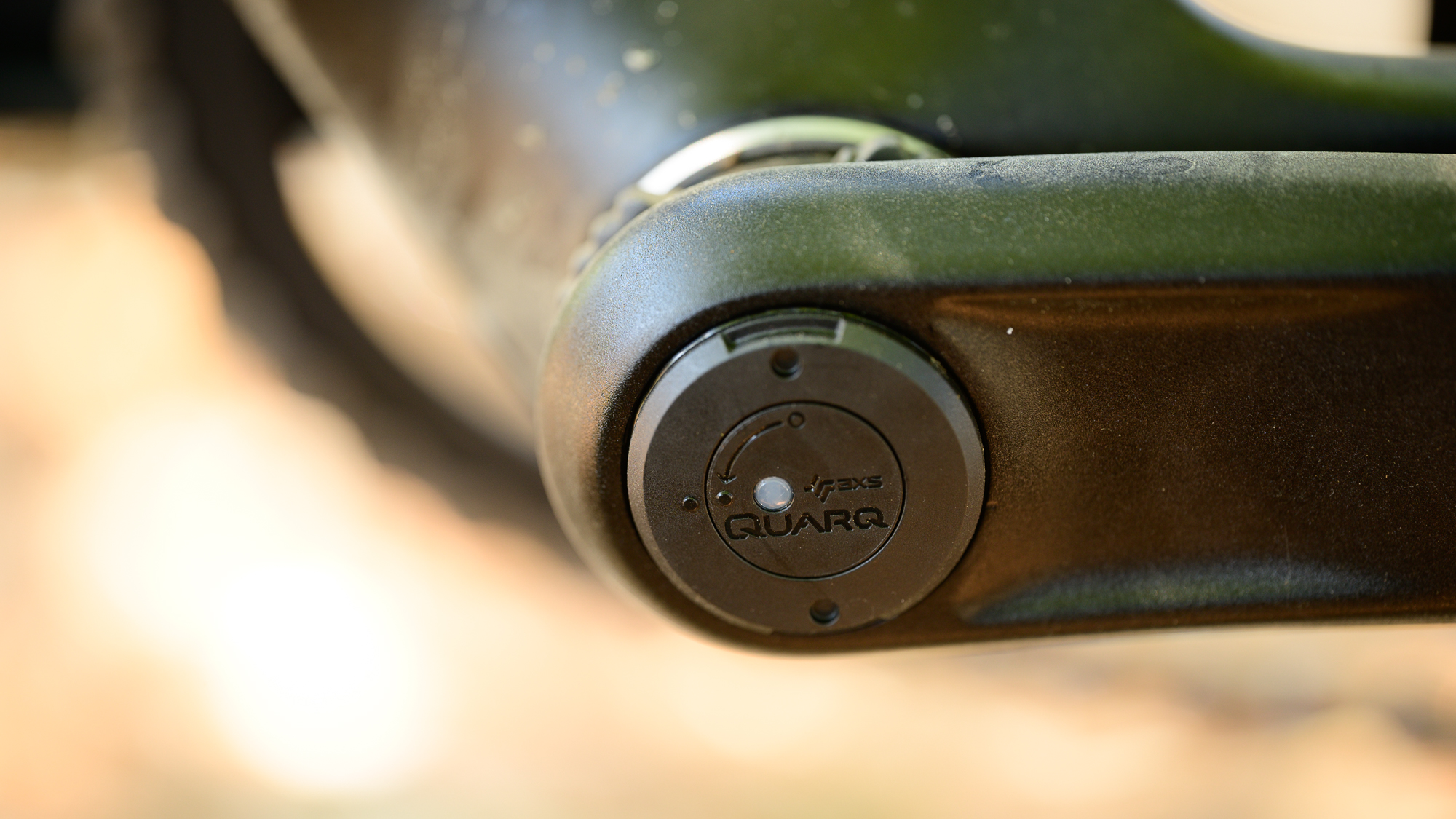
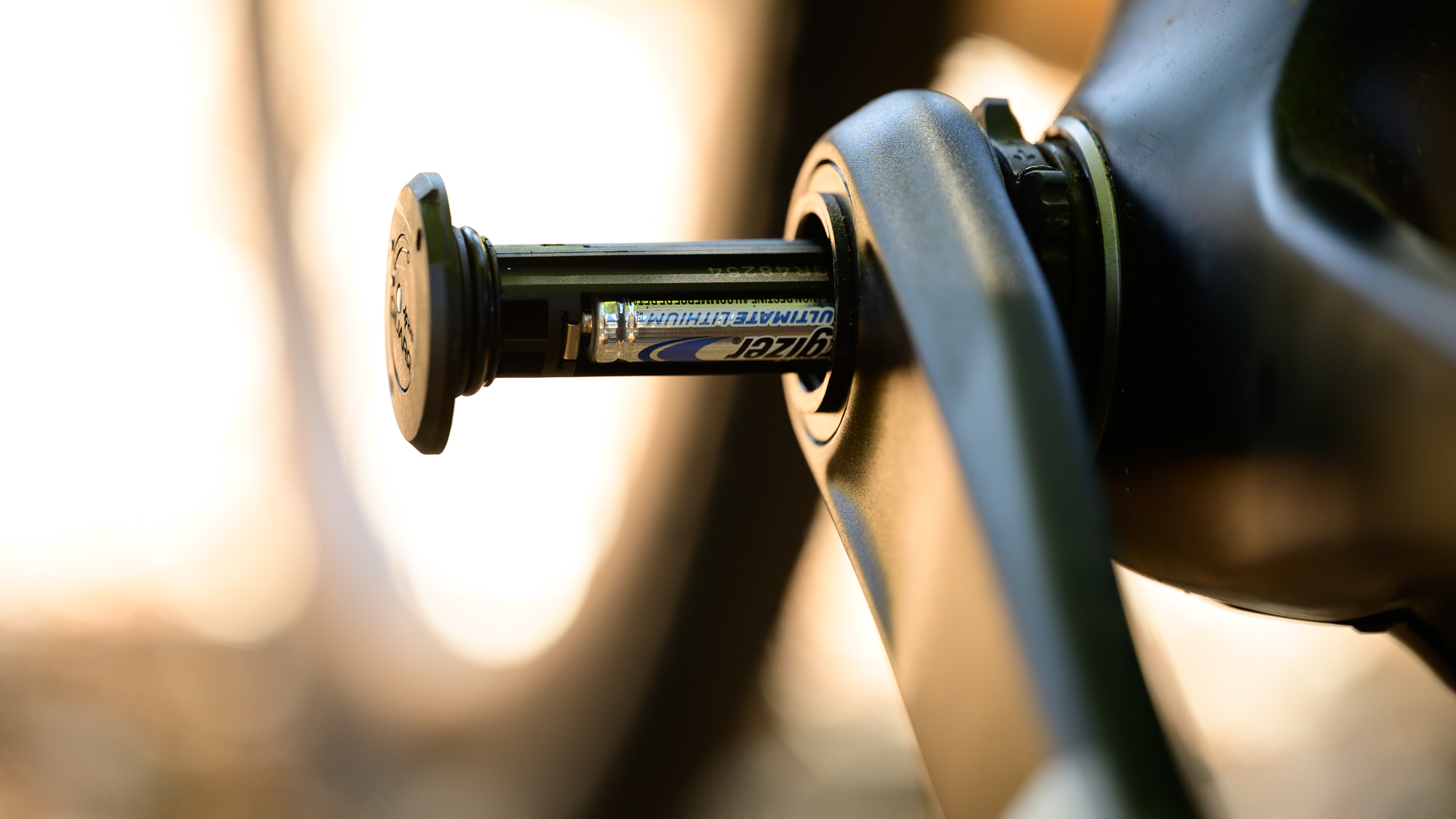
| Front derailleur | x |
| Front controls plus hydraulic line and brake calliper | 381g per side (total of two) |
| Rear derailleur | 431g |
| Cassette (11-50) | 596g |
| 160mm rotor | 160g per unit (total of two) |
| Battery | 25g |
| Crank | 750g |
| Chain | 278g |
| Total | 3137g |
| Row 9 - Cell 0 | Row 9 - Cell 1 |
| SRAM Apex AXS XPLR (w/power meter) | 2850g |
| SRAM Rival AXS XPLR (w/power meter) | 2833g |
| Shimano GRX 12 Speed | 2786.5g |
| Weight | This is a heavy groupset and there’s no getting around that. It makes sense for the price though. | 7/10 |
| Gearing options | It’s nice to have options for both XDR and HG compatible freehubs but there’s not actually much choice. | 7/10 |
| Ergonomics | I love SRAM ergonomics. FSA is perhaps nicer but for a budget system, this is incredible. | 9/10 |
| Shift Quality | Seems on par with what you’d expect at this price range. | 8/10 |
| Value | Electronic system at the price you’d expect to pay for mechanical. Best pricing out right now. | 10/10 |
| Overall | Row 5 - Cell 1 | 82% |
Josh hails from the Pacific Northwest of the United States but would prefer riding through the desert than the rain. He will happily talk for hours about the minutiae of cycling tech but also has an understanding that most people just want things to work. He is a road cyclist at heart and doesn't care much if those roads are paved, dirt, or digital. Although he rarely races, if you ask him to ride from sunrise to sunset the answer will be yes.
Height: 5'9"
Weight: 140 lb.
Rides: Salsa Warbird, Cannondale CAAD9, Enve Melee, Look 795 Blade RS, Priority Continuum Onyx
